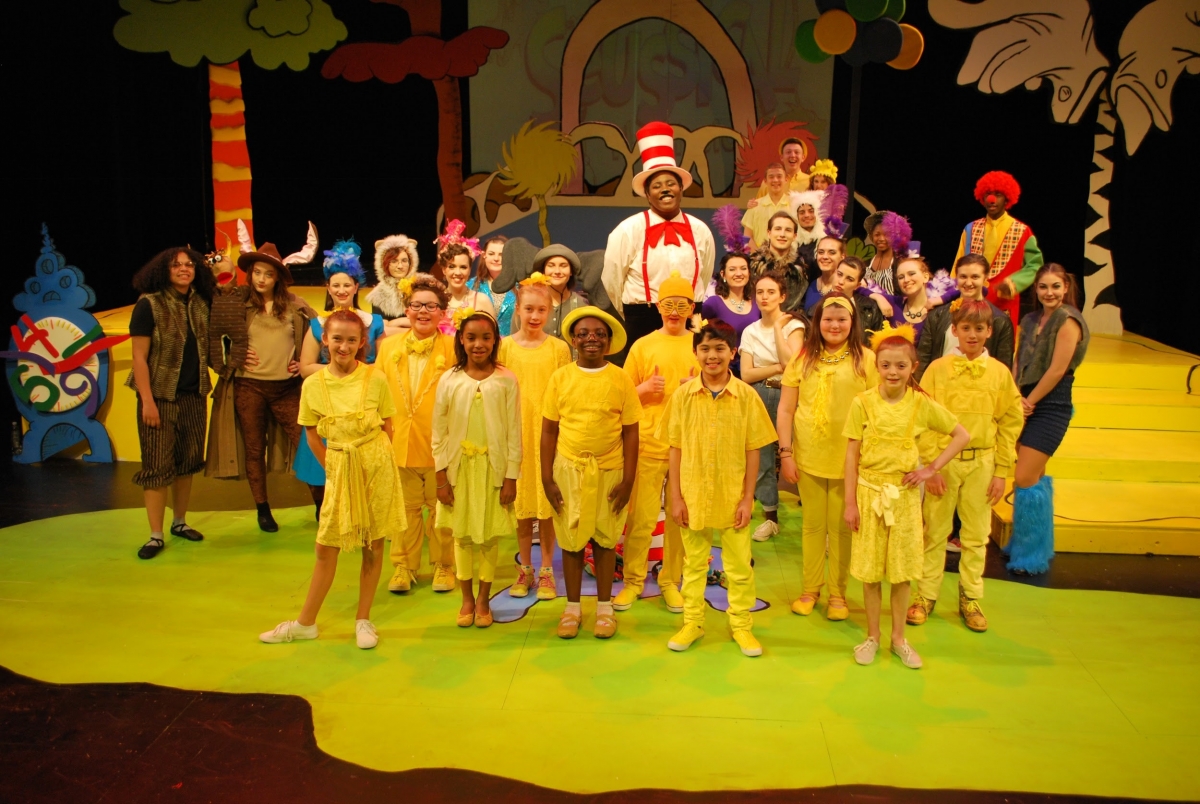
Ms. Ahava Silkey-Jones
Creating Space for Collaboration: The Heartbeat of the Arts
Posted by Apr 25, 2018 0 comments

Ms. Ahava Silkey-Jones
One of the most enriching aspects of working in the arts is being a part of collaborative partnerships. I see the quality of the work we do as arts administrators as a direct reflection of the relationships and partnerships we’ve developed with other artists, organizations, and practitioners. Student work takes on a life of its own when students create work together. When a violinist, a poet, and a dancer collaborate on a project, or a community partner works with students to reinvent and add meaning to a cultural performance, the audience can feel and see the difference on stage from the depth of that relationship and experience.
I’ve found, however, that there are many times in educational institutions when collaboration takes a back seat to other priorities, including the pressure of standardized objectives, siloed disciplines, competing priorities, and time. Although collaborative work is often the most inspiring, it can also be the most challenging to coordinate. I was reminded a few weeks ago of the importance of encouraging, expecting, and creating the opportunity for collaboration in the schools and arts institutions we lead.

Our high school produced Seussical the Musical in partnership with local elementary students. The production was approached with intention and reflection, and the students came alive through the artistic and personal relationships they developed with each other. These relationships have extended beyond the production, with the elementary students attending concerts for their “new friends,” finding new babysitters, and discovering reading partners. Most importantly, it has created an opportunity to solidify both groups’ love of, connection to, and appreciation for the arts. As I watched the production, I thought about how each school could have produced the show in isolation. It would have been easier logistically for the teachers, the parents, and perhaps the students. However, the everlasting impact and value that resulted from the partnership will outlast the duration of the performance, the school year, and these students. In my career, I have seen multiple examples of successful collaboration at the institutional and classroom level. In each example the participants and community have benefited through overcoming challenges together, sharing their process, and celebrating the end product.
In these moments I’m reminded that collaboration cannot be thought of as an “extra”—it has to be built into the fabric of a program. Our students live in an interdisciplinary world; and their excitement, growth, challenge, and beauty is revealed when they interact and push their artistic practice beyond the boundaries they know. We owe it to our programs and our artists to create and maintain space for collaboration in our institutions. It’s the heartbeat by which the arts distinguish us; it is the space in which we use our love language, the arts, to communicate.
